A lively garden is a healthy garden, and attracting birds and pollinators is one of the best ways to bring your outdoor space to life. These natural visitors not only add beauty and sound but also play vital roles in pollination and pest control.
With just a few simple changes, you can create a welcoming habitat that encourages bees, butterflies, hummingbirds, and other beneficial creatures to visit regularly. From planting nectar-rich flowers to providing water sources, the possibilities are easy and rewarding.
In this article, discover 7 easy ways to attract birds and pollinators—turning your garden into a buzzing, fluttering oasis of life.
Native Plants
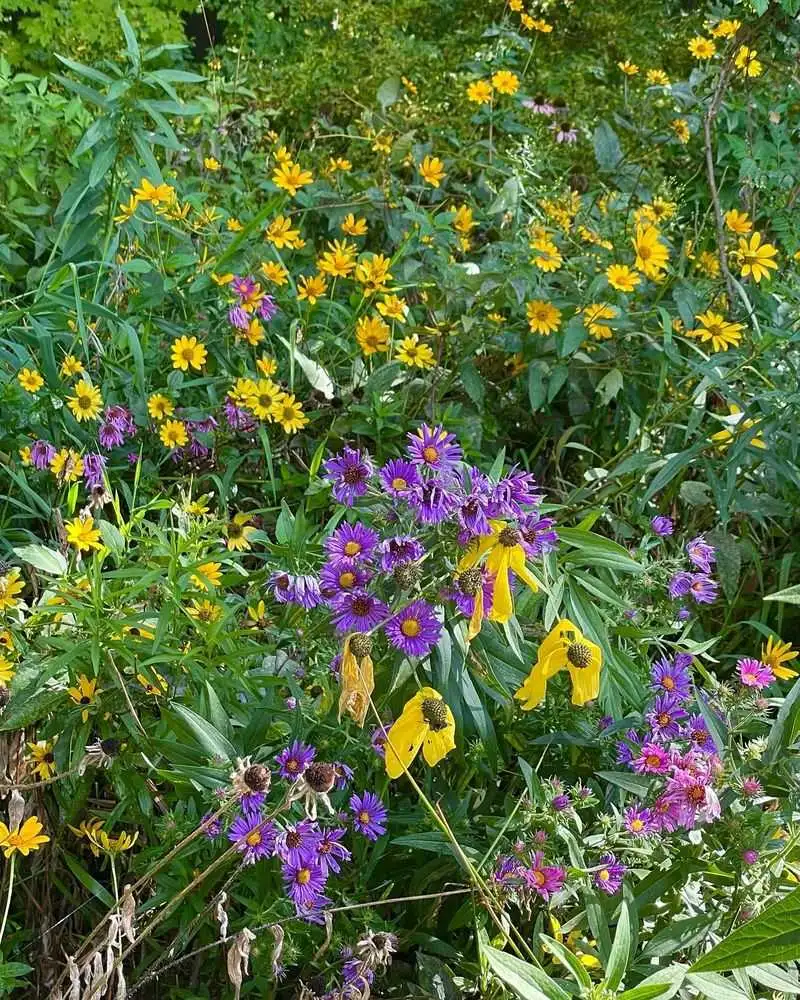
Imagine a garden teeming with life, where native plants offer a familiar embrace to local wildlife. These plants provide nectar, seeds, and shelter, creating a haven for birds and pollinators alike. Rich in biodiversity, native gardens require less maintenance and water, thriving in their natural habitat. An added bonus? They resist pests better, reducing the need for harmful chemicals. Planting species native to your area ensures a tailored ecosystem that attracts a variety of winged visitors. Whether it’s the gentle flutter of a butterfly or the cheerful chirp of a finch, native plants promise vibrant garden visitors.
Water Features
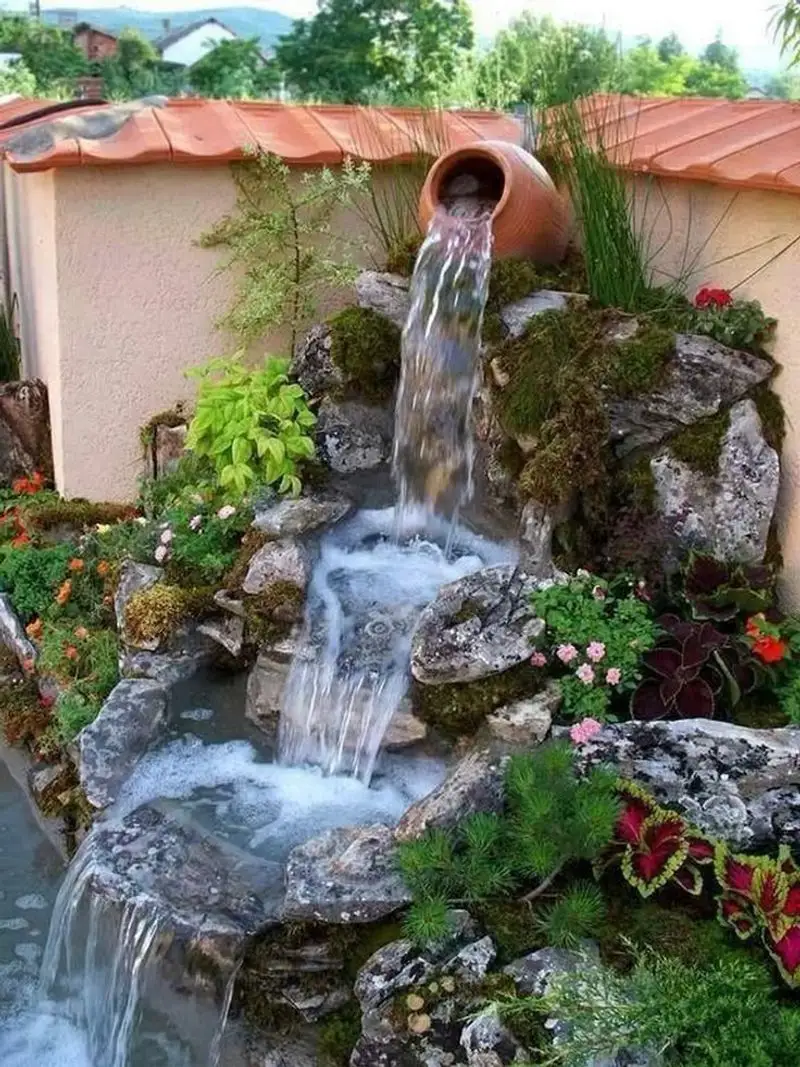
A gentle splash can attract a curious feathered friend faster than you think. Water features, from tranquil ponds to simple birdbaths, are magnets for birds and insects. They not only quench thirst but also offer a place to bathe and cool off. The sound of trickling water invites even the shyest creatures, turning your garden into a bustling hub of activity. Clean and refill water features regularly to keep them inviting. Consider adding stones or perches for smaller birds to rest. This small addition can make your garden a popular spot for wildlife enthusiasts.
Flowering Herbs
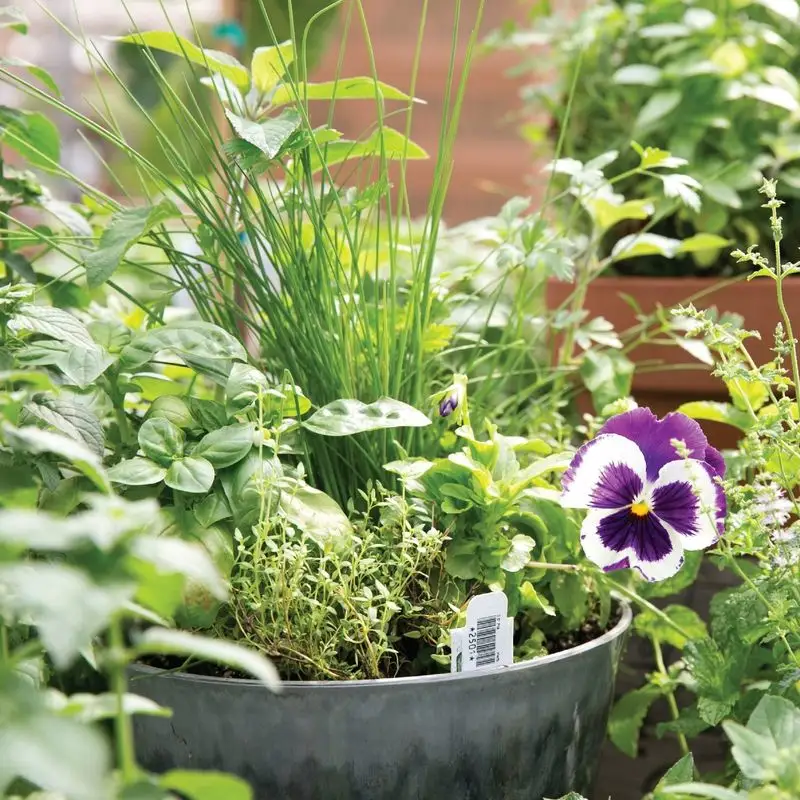
In the realm of gardens, flowering herbs are the unsung heroes. Their blossoms offer nectar to bees and butterflies, while their aromatic leaves deter pests. Lavender, mint, and rosemary not only enhance culinary dishes but also boost your garden’s allure. Their diverse scents and colors create an enticing palette for pollinators. Planting herbs in clusters can increase their attraction power, drawing in more visitors. As these plants flourish, they create a fragrant, lively space that’s hard for both humans and nature to resist. Herbs prove that beauty and function go hand in hand.
Bird Feeders
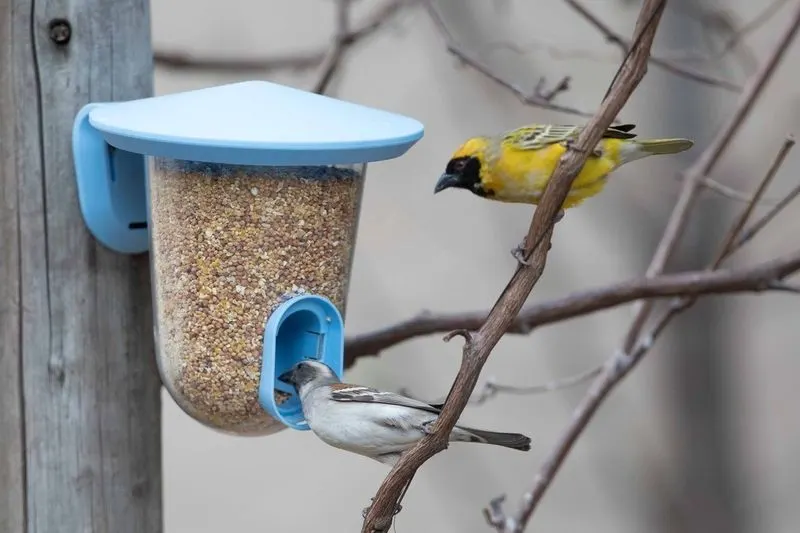
Hanging a bird feeder is like issuing an open invitation to every bird in the vicinity. Different feeders cater to diverse avian tastes, from seeds to suet. Position them strategically around your garden to provide safe feeding spots away from predators. Clean feeders regularly to prevent disease. Combining feeders with native plants enriches the buffet, offering birds more than just a meal. The sight of vibrant birds fluttering about adds color and movement, making your garden a lively spectacle. Feeders, in essence, create an avian dining experience right in your backyard.
Brightly Colored Flowers
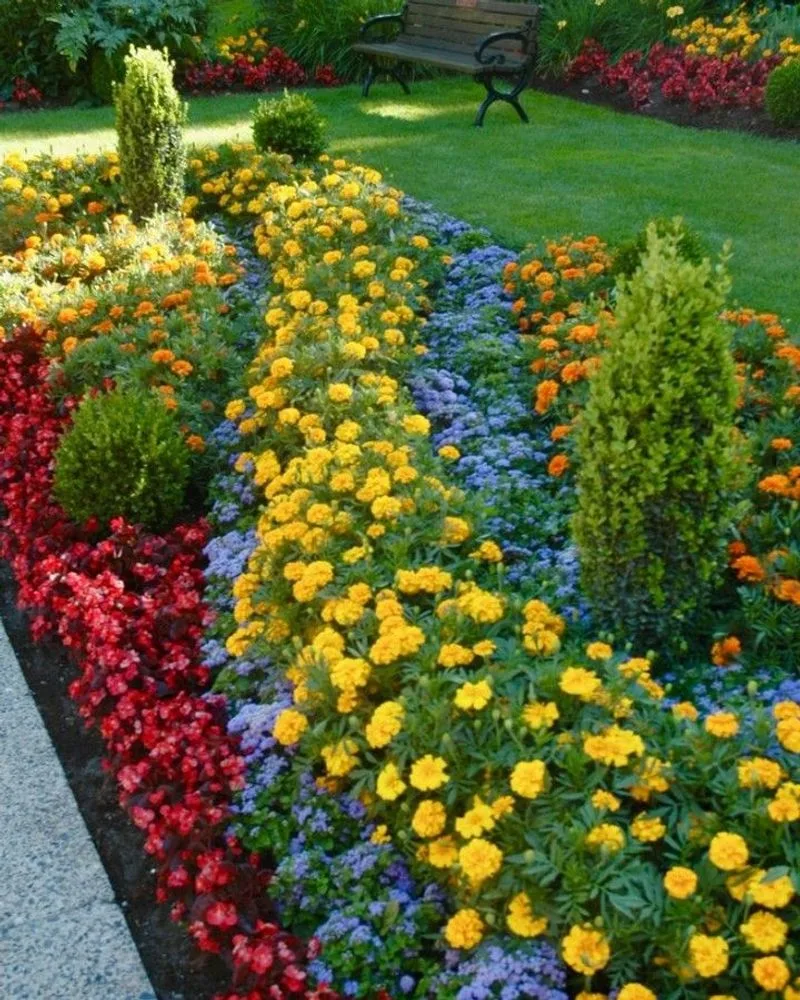
Colorful flowers are like nature’s billboards for pollinators. Bright hues of red, yellow, and blue lure butterflies and hummingbirds with promises of nectar. A diverse flower collection ensures a continuous bloom cycle, offering sustenance throughout seasons. These vibrant patches of color not only attract wildlife but also delight the human eye. Mixing annuals and perennials creates a dynamic landscape that evolves over time. Beyond aesthetics, these flowers play a vital role in the ecosystem, supporting the lifecycle of many species. A garden with such a lively palette becomes a haven for natural interactions.
Hedges and Shrubs

Dense hedges and shrubs are the unsung guardians of the garden. Offering shelter and nesting sites, they provide a safe haven for birds. Their dense foliage protects against predators and harsh weather, making them crucial for avian safety. Select varieties that produce berries to offer an additional food source. When pruned thoughtfully, these plants can define garden spaces while supporting wildlife. Observing a bird weaving through the branches or finding refuge in the leafy depths is truly rewarding. Hedges and shrubs blend utility with beauty, enriching the garden’s biodiversity.
Insect Hotels

An insect hotel is a charming addition that can transform your garden’s ecosystem. These structures provide sanctuary for beneficial insects like bees, ladybugs, and lacewings. By offering nesting sites and refuge, insect hotels support pollination and natural pest control. Constructing one is a creative endeavor, repurposing materials like wood, bamboo, and bricks. Positioning it near flowering plants boosts its effectiveness. Watching bees buzz around their newfound home adds an element of whimsy and education to the garden. Insect hotels celebrate the intricate roles tiny creatures play in our gardens.

